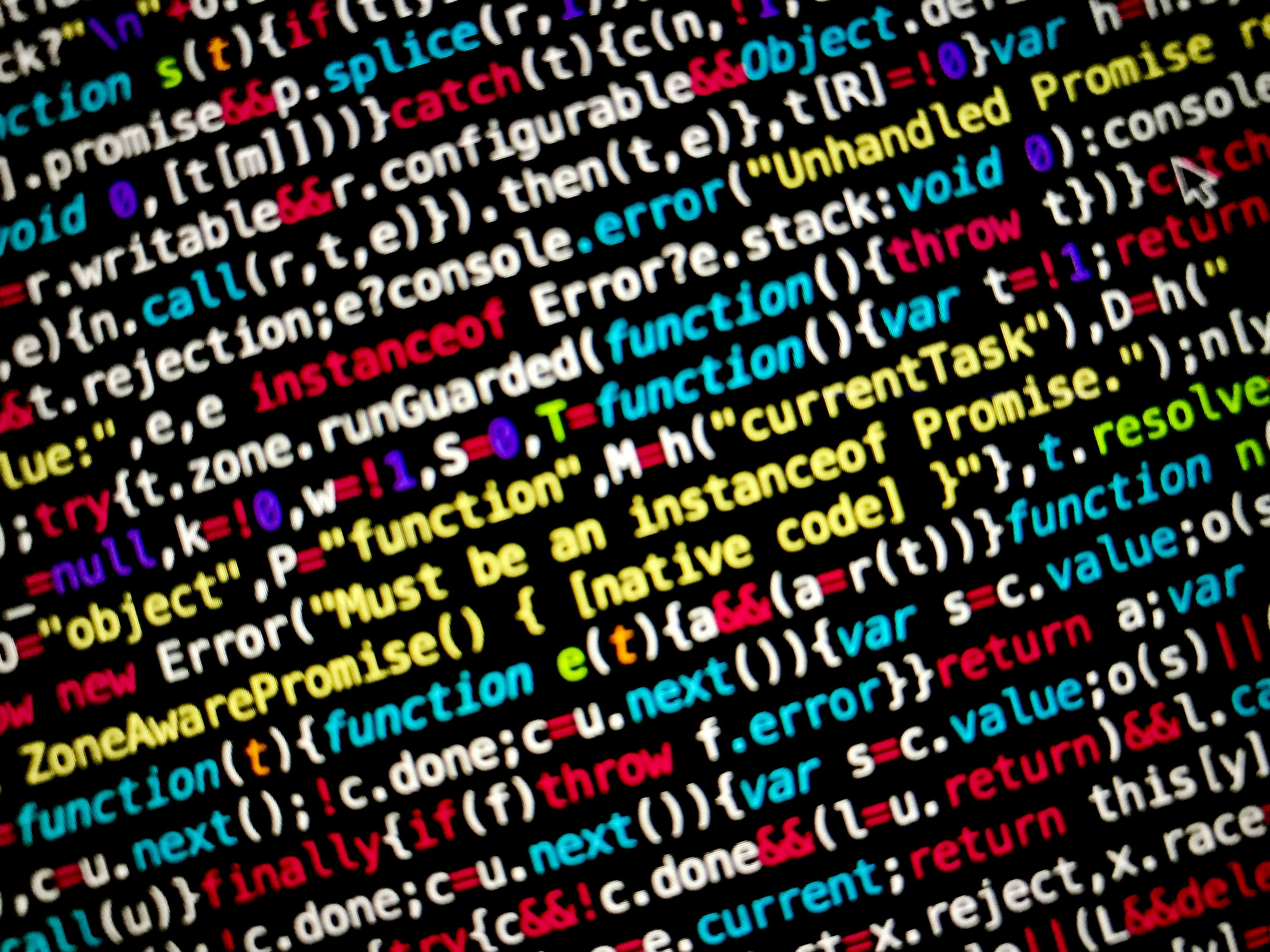Academic Authenticity Clashes with Academic Fraud: Categories and Illustrations
Academic integrity is the bedrock of academic and research work, necessitating honesty, fairness, ethics, and responsibility in all scholarly endeavors. Adequate understanding of good academic practices is crucial for students and researchers to navigate their academic journeys ethically. Unfamiliarity with the ramifications of academic dishonesty can inadvertently lead to such practices. It is imperative to avoid them.
The Essence of Academic Integrity
Academic integrity refers to acting honestly, fairly, ethically, and responsibly in academic work and when engaging with others' work. It is evident in the choices and decisions one makes in their scholarly pursuits.
Academic Dishonesty: A Threat to Integrity
Academic dishonesty, or academic misconduct, includes any behaviors aimed at deceitfully gaining an unauthorized advantage, using questionable methods, or misrepresenting academic work.
Classifications of Academic Dishonesty
Academic dishonesty takes various forms, some of the most common being:
- Cheating: This encompasses the unauthorized use of materials, sources, devices, or information during academic activities for which academic credit is given. Examples include copying another student's test answers, using unauthorized devices during exams, and using purchased test answers or essays instead of completing work independently.
- Plagiarism: Passing off someone else's published or unpublished work as one's own, without proper citations, constitutes plagiarism. This can involve direct quotes, paraphrasing, or using ideas, papers, oral works, or digital content without proper attribution.
- Fabrication: This involves modifying or misrepresenting results, data, or findings in academic documents or experiments. It also includes creating false data without actually collecting authentic information.
- Collusion: Working together on an assignment that is supposed to be individual work to gain an unfair advantage over others is collusion. Sharing answers during online assessments or tests and submitting joint work under individual names are examples of collusion.
- Sabotage: This includes intentionally causing harm or disruption to another person's academic work, preventing its successful completion. An instance could be destroying another student's or researcher's experiment.
- Facilitation of Academic Dishonesty: Assisting another student in their academic dishonesty by sharing exam answers, taking an exam or completing an assignment, or using unauthorized methods is facilitation of academic dishonesty.
The Repercussions of Academic Dishonesty
Most institutions have guidelines outlining academic dishonesty, preventive measures, and consequences. Penalties can range from resubmitting work with reduced grades, failing the assignment, or enforced dis-enrollment, depending on the severity of the offense.
Maintaining academic integrity is essential for fostering a fair and honest learning environment, allowing students to develop knowledge and skills ethically. A history of academic dishonesty can harm future career prospects and lead to reputation damage.
- Ensuring academic writing is original and correctly attributed is vital for maintaining academic integrity, a crucial aspect of scholarship and research.
- To support students in their academic journey, some institutions provide writing support, academic translation, and language editing services to help ensure submission readiness and adherence to academic integrity.
- Pursuing education-and-self-development requires adherence to academic integrity, demonstrating a commitment to academic writing, paraphrasing, and learning practices that are honest, fair, and responsible.
- Contemporarily, it's paramount to understand that academic integrity encompasses more than just avoiding academic dishonesty; it encourages seeking assistance when needed, collaborating ethically, and understanding the importance of learning in the context of education-and-self-development.




